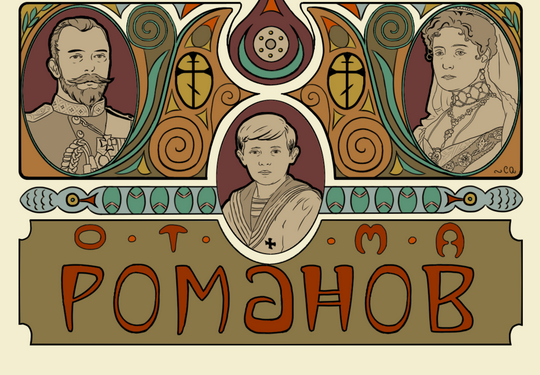It is 104 years since the night of July 16-17, 1918 when Tsar Nicholas II, Empress Alexandra Feodorovna, Tsarevitch Alexis, Grand Duchesses Olga, Tatiana, Maria, Anastasia and three of their retainers were shot by the Bolsheviks in a cellar in Ekaterinburg. More HERE.
From historian Gareth Russell at History Lair:
Nicholas II’s daughters, all slaughtered together in a cellar on one dreadful morning in 1918, have acquired a totemic significance in the century since their murder. For many conservatives and monarchists, the posthumous importance of the grand duchesses is obvious and inescapable as proof both of the unhinged viciousness of Communism and of the nostalgic appeal of the monarchy itself. For many others, the four girls are divorced from politics to stand in for the victims of totalitarianism everywhere. Their deaths in 1918 were part of a policy of terror, in which violence was, in and of itself, the goal. There was, after all, no firm political justification for executing the girls alongside their parents and little brother. None of the four sisters had ever held political office nor, under the rules of the Russian monarchy itself as instituted by the Emperor Paul in 1797, could they ever have done so. Keen to prevent a coup the likes of which had brought his mother to power and the expense of his father, Tsar Paul had instituted Salic Law in Russia whereby the throne could never again be held by a female Romanov nor by her direct descendants.[1] It could only, so he decreed, pass through the male line, which meant that even if the monarchy had been restored after 1917, as the Communists feared, by its own rules Nicholas II’s daughters, or any children they might have had, would be ineligible to wear the restored crown. As Trotsky himself later admitted, killing the last Tsar’s daughters was not because of any tangible political goal, but rather to shock Communism’s supporters and enemies into knowing that there was no going back.[2] This Rubicon would in part be flooded by the blood of the butchered princesses – who had once gazed out as icons of curated perfection in the family photographs printed by the monarchy for its subjects.
I often think that the Romanov grand duchesses are caught somewhere between those photographs and the horror of that cellar, where they huddled together in a terror which still brings a lump to my throat when I think of it. Yet, that tragedy has somewhat frozen the girls, trapping them like flies in amber, because we tend to think of them as homogenous girls in white dresses, bound by tragedy and almost indistinguishable from one another. However, by the time of their deaths, the three eldest sisters were no longer children and the eldest two had come-out as debutantes into Russian high society in the years before the Great War. They had adult lives, briefly, and they had even helped serve the Russian war effort between 1914 and 1916, which I would like to discuss here in the hope of shining a light on their personalities and achievements. (Read more.)Share



















No comments:
Post a Comment